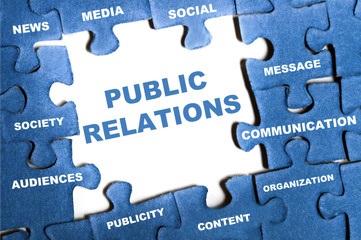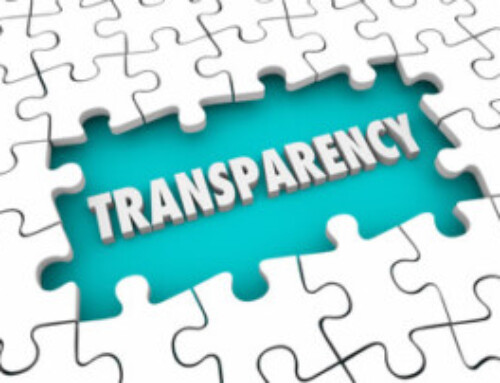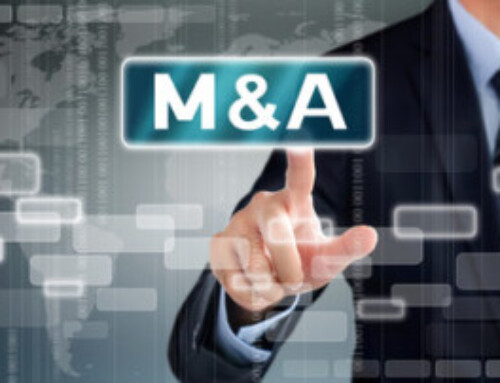 I am still stunned by the number of people I meet in the real estate industry, including prospective clients, who really don’t understand what Public Relations is. More importantly, many people often have misconceptions about what PR can do. Most often, PR is confused with activities and outcomes that are entirely in the realm of Advertising.
I am still stunned by the number of people I meet in the real estate industry, including prospective clients, who really don’t understand what Public Relations is. More importantly, many people often have misconceptions about what PR can do. Most often, PR is confused with activities and outcomes that are entirely in the realm of Advertising.
A better widespread understanding of what PR is, what is not, what it can do and what it should not be expected to do would greatly benefit the real estate industry. Because PR is one of the most potent and underutilized business disciplines that yields one of the highest ROIs when executed well.
Defining PR
The modern definition, from the industry’s trade group, of Public Relations:
“Public relations is a strategic communication process that builds mutually beneficial relationships between organizations and their publics.”
As the Public Relations Society of America notes, PR “is about influencing, engaging and building a relationship” with key audiences across all communication platforms.
What PR Does
When I hear people talking about PR, most often what they are really discussing is publicity or media relations. Publicity is a visible component of PR, and perhaps the easiest to recognize, but it is just one component of Public Relations.
But Public Relations activities encompass, as PRSA notes, a heck of a lot more, including:
- Anticipating, analyzing and interpreting public opinion, attitudes, and issues that might impact, for good or ill, the operations and plans of an organization, a service, a product or a person.
- Counseling at all levels concerning decisions, courses of action and communication that takes into account their public ramifications, as well as the social or citizenship responsibilities of an organization, a service, a product or a person.
- Protecting the reputation of an organization, a service, a product or a person.
- Researching, conducting and evaluating, on a continuing basis, programs of action and communication to achieve the informed understanding necessary to the success of an organization, a service, a product or a person’s aims.
These are just some of the critical components of PR. There’s even more that is detailed on the PRSA website, here.
What PR Is Not
When looking at the Publicity component of PR, many executives confuse what it is and what it can do with Advertising.
Let’s be clear: Advertising and PR are as different as a train and a truck. They may both take you somewhere, but they can’t always get you to the same place. Each can sometimes take you to a place much more valuable than the other, but each plays its role and delivers different benefits to an organization, a service, a product or a person.
Publicity generates earned media, while Advertising pays for media. Because Advertising pays for it, they control it: what the message says, how it is displayed, where it appears, and most importantly, when it appears. Earned media means the control of the content is in the hands of the press: they determine what the message says, how it is displayed, where it appears, and exactly when it runs.
The message characteristics are very different. Publicity messaging – in news releases, FAQs, backgrounders, biographies, profiles, Tip Sheets, Fact Sheets and pitches – must be newsworthy, built with a compelling news angle or hook whenever possible and always fact-based. It must be void of opinion, unless an opinion is within a quote, or identified as an opinion. Hyperbole is untenable, as smart Publicity only uses facts and data points that are well-sourced.
Advertising can sell – and sell hard. A hard sell is not PR. Advertising messages don’t even have to follow the rules of proper English or grammar. Advertising’s principal copy mission is to cause an action.
It’s not Spin. If you don’t have substance behind your news hook, there’s not a legitimate journalist or blogger that’s going to write your “spin.”
What PR Can and Cannot Do
As a business discipline, PR can do a lot of different things to reach, influence and persuade all different kinds of audiences. Concerning its Publicity component, the principal goal of publicity is to inform, educate and/or increase awareness. It can often lead to a call to action, but since Publicity does not control the message, it cannot guarantee a call to action in every message, so that cannot ever be its primary purpose.
This does not mean that Publicity cannot be used to create a call to action. A well-designed Publicity campaign can have its call to action messaging included in the vast majority of the media coverage it generates. Smart Publicity campaigns can do more than just increase awareness – they can and should support one’s sales and marketing efforts.
Sometimes, a highly successful Publicity campaign can make the phone ring off the hook and drive a ton of online sales activity. But that’s not what Publicity is built to do on its own. It is part of the Marketing mix and should be used to maximize and amplify your best opportunities for business visibility when all of your Marketing and Sales are firing on all cylinders.
Finally, what PR can do that Advertising can never do is earn credibility. This makes the ROI for PR so much higher than any other sector of Marketing. When your story is told – through earned media – the third-party credibility that comes from Publicity efforts is far more valuable and has a more significant long-term impact than any ad.
Think about the value of your company’s full-page ad in the New York Times. Now think about a full-page story in the New York Times. The value of a story versus an ad is what, ten times greater? At least. Think about how many more people see the story, read it, remember it, talk to others about it, and share it on social media. Consider the fact that tens of thousands of NY Times readers see in their newsletters, and then it’s available, forever, on the Internet. The ad? It appears in the print edition on that one day and then it is gone.
PR Delivers a Higher Value
Ten times the value may be an understatement when you factor in the additional worth of third-party credibility that comes from news coverage versus paid advertising. That’s why it is so essential to understanding PR, its components, and what it does. Just like Publicity can help put a spotlight on a great company that has been flying under the radar, Crisis PR can intervene and save a company from suffering significant damage to its reputation, and a well-crafted presentation by a CEO in front of the right audience can help naturalize adversaries and turn proponents into evangelists.
At the WAV Group, our Communication Division offers all the PR business disciplines, so if you have one or more needs, let us know. Email kevin@wavgroup.com.





Nice job in making this clarification Kevin. Yes, very commonly misunderstood and it takes a true PR professional like you to shed some much needed light on this subject. One more added benefit of an effective PR campaign. If executed properly, you might also finally discover the true identity of your customer!